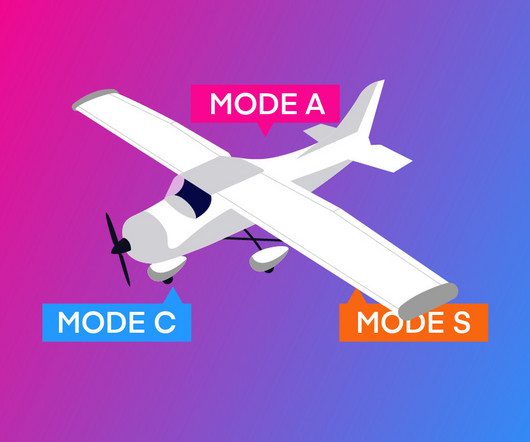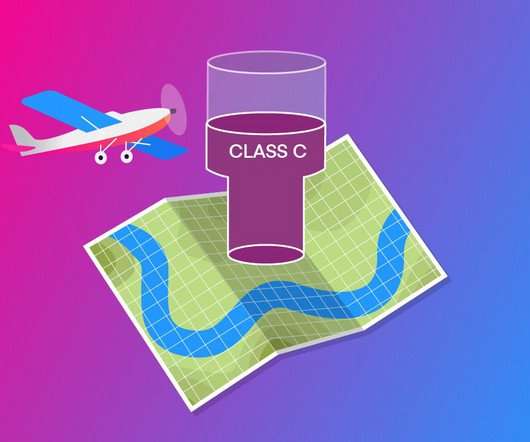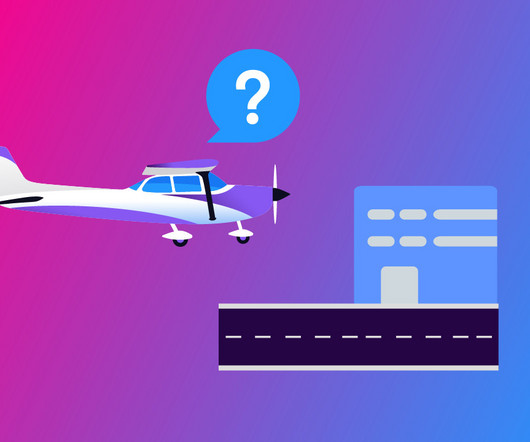FAA Transponder Requirements Explained
Pilot Institute
DECEMBER 27, 2024
If youre flying, your transponder shares important details like your altitude, speed, and identification with Air Traffic Control (ATC). This allows ATC to use the signals transmitted by the aircrafts transponder to track the aircrafts location and ensure that it remains safely separated from other aircraft in the airspace.











Let's personalize your content